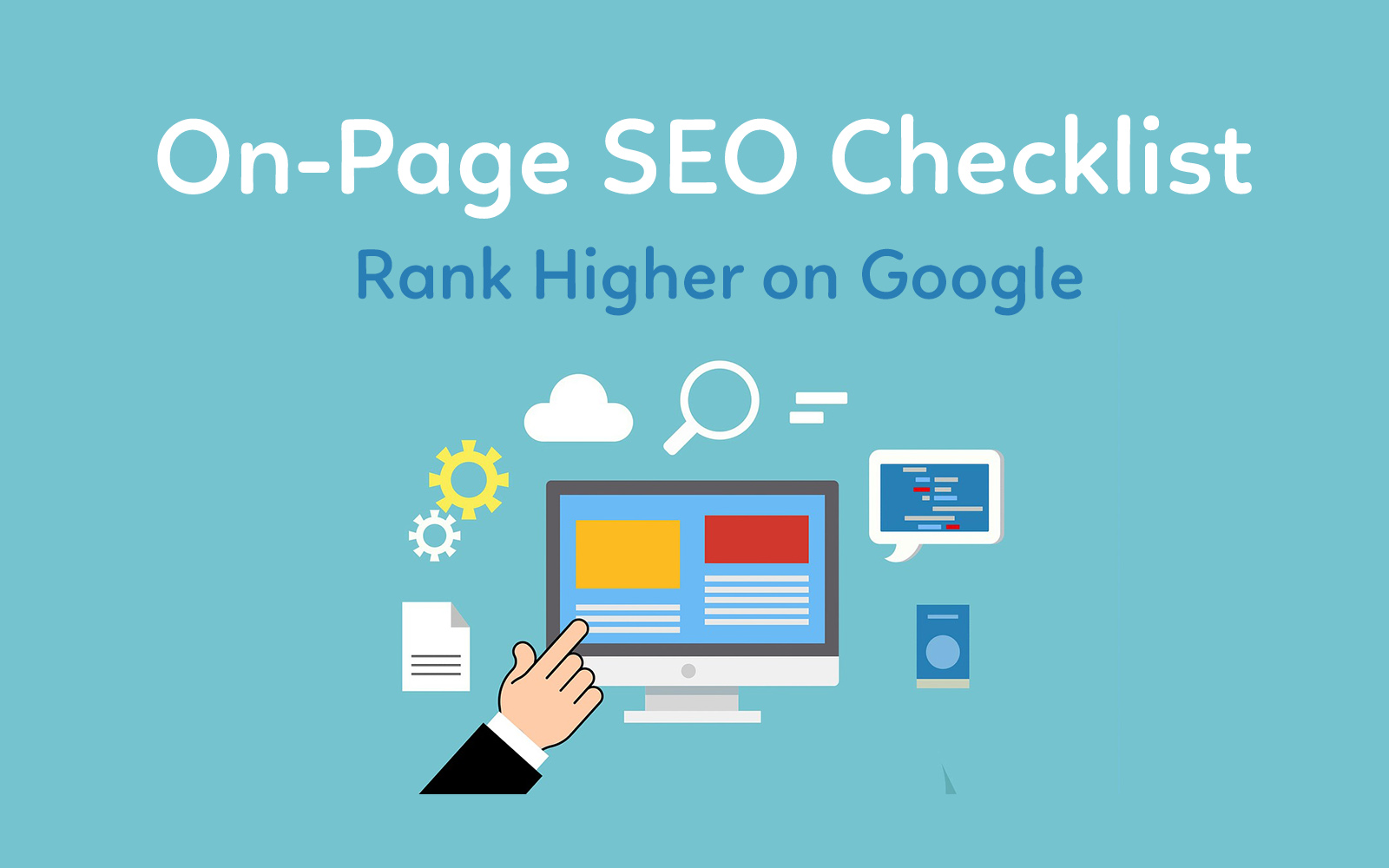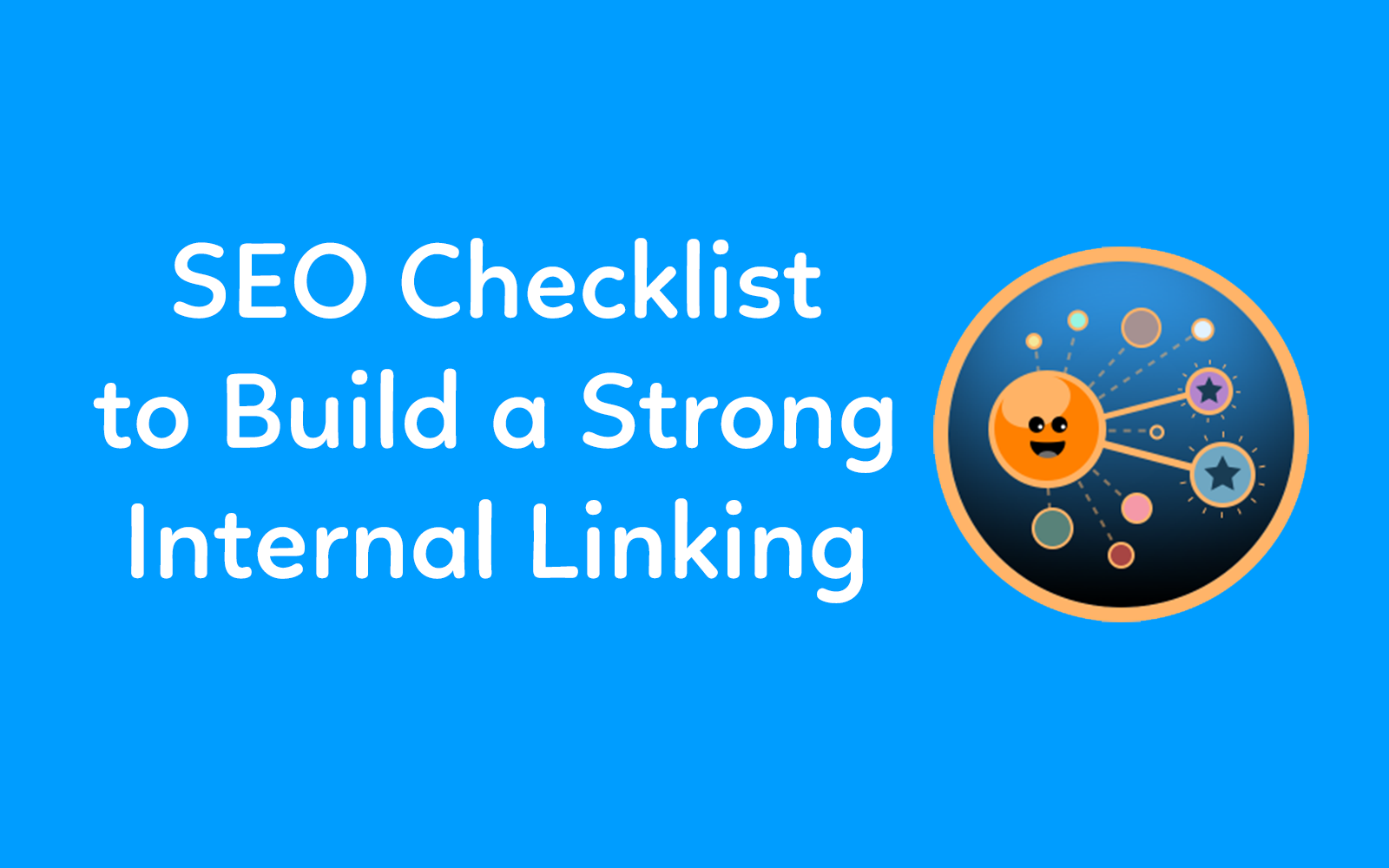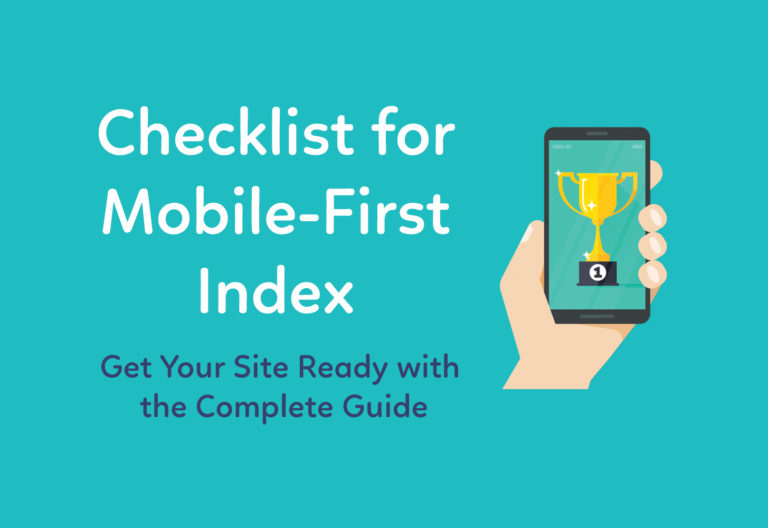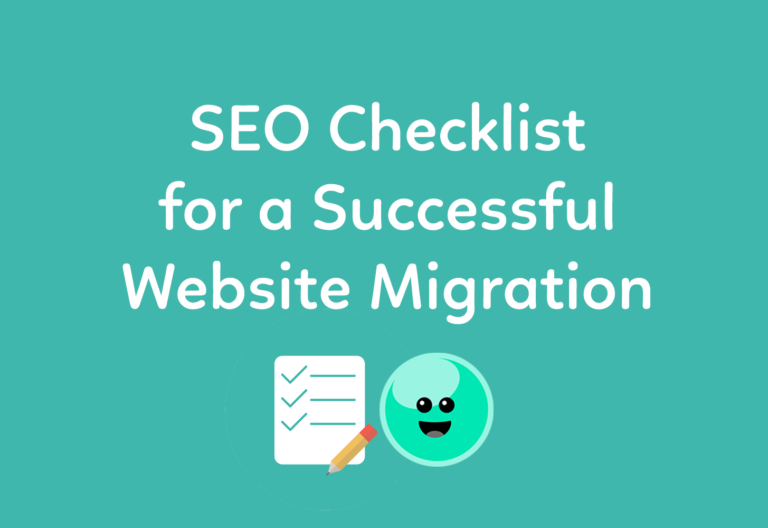On-page SEO consists of the actions we take on the pages of a website to improve traffic and search engines’ ranking position. The off-page SEO, conversely, would be in charge of optimizing elements outside the site for the same purpose. Our aim here is to help you improve your on-page SEO to rank higher on search results!
Sometimes, on-page SEO may seem a little complex because of the numerous actions that can be taken and considering that best practices may change over time due to Google algorithm updates. That’s why we decided to create a complete, up-to-date checklist with actionable SEO techniques. Start working on it to improve your on-page SEO!
The ultimate checklist to improve your On-Page SEO
1. Is your site crawlable?
Although it may seem obvious, sometimes, by mistake, we are not allowing search engines to crawl our site smoothly. Broken links, not found, server errors may be a stumbling block for the GoogleBot.
- Always make sure that you don’t have Crawling errors.
- Check that the existing redirects have been created intentionally.
- You don’t have Orphan pages.
- You have strategically assign canonicals to pages with duplicate or very similar content.
All of this will also help you optimize your crawl budget.
Download our FREE Printable Checklist
Checklist On-Page SEO
2. Guide the search engines with a complete Robots.txt
You have the power to make search engines see and crawl your website exactly as you want.
- Check your Robots.txt. Are you assigning the right rule to your pages? (noindex, allow, disallow)
- Do you have pages blocked by Robots txt? If so, make sure that this is intentional and that you are giving the right directories to the bots.
3. Is your page loading fast?
Believe it or not, sometimes, positioning your site in search engines is like running a race. The faster you are, the better.
- Use Google Analytics to check your site’s speed. Average loading time, server connection time, server response time, Dom content loading time, and DOM interactive time.
- Track your speed history to make sure you don’t lose speed. Detect any increase in speed and fix it ASAP.
- Check your site at PageSpeed Insights. This tool will give you suggestions to improve the speed of your webpage.
4. Provide high-quality content
Ensuring your website is overflowing with quality content is something you must do to rank high and to stay in a good position on search results. It is crucial to provide value to your target audience, but letting search engines know that your content is of high quality, is equally important. Make sure that your content is attractive to both users and search engines.
- Your keywords have been selected strategically and included in titles, metadescriptions, and H1.
- There is no keyword cannibalization.
- There is no thin content, empty, short, or duplicated titles / metadescriptions / header tags.
- The anchor texts match with your content.
5. You have the optimal internal linking structure
Throughout the internal linking, you give more authority (link juice) to specific pages of your site. This way, search engines understand which pages are more relevant on your website and how your content is related. Make sure that Google is understanding the value of your pages exactly as you do.
- Your linking structure looks like a pyramid.
- The vast majority of your content is near to the homepage. Google recommends having most of the pages of your site in the first three levels (three clicks away from the website).
- The most relevant pages are linking from the homepage. (More linking juice for them).
- Your site has breadcrumbs. This will ensure that all the pages of your website are linked together, besides facilitating the UX.
- You have created different categories. This helps both users and GoogleBot understand better your site structure and content.
6. Don’t forget the Alt text for your images
Nowadays, when you do a Google search, it returns as many image results as text-based results. Optimizing your images for search engines is another way to improve your organic traffic. Providing alt text to images helps search engines understand what the image is about. This also makes it easier for Google to understand your site’s content.
- You have assigned an ALT attribute to your images with specific and detailed descriptions.
- Keywords are included on the ALT attribute.
- Your alt text is related to your site’s content.
7. Stand Out in SERPs using Schema Markup
Schema is a code that you can implement on your website, to highlight the best properties of a page on SERPs. This code will help you increase your CTR.
- Add schema markup to your website.
- Use the structured data testing tool to see how the page will look like once you add the markup.
8. Are you doing better than your competitors?
We are not telling you to be a copycat, but understanding why your competitors are ranking high on SERPs may give you some ideas to improve your SEO strategy.
- Choose your biggest competitors and run a competitive analysis. To do so, you can use an SEO Crawler like FandangoSEO. Just by introducing the URL of your competitor, you’ll instantly obtain a complete report with their SEO metrics results.
- Check their internal linking structure (top pages), keywords, and SEO metrics results. Can you learn anything from them?
9. Is your content shareable?
You’ve put considerable effort into having that great content, but is it shareable? Helping your content to be spread will not only make you gain visibility and traffic, but it will also increase links and mentions. In other words, it will improve your SEO performance.
- You’ve got clickable social cards on your most relevant pages.
10. Always track your SEO performance
We know that there might be frequent changes in your search engine ranking position. This variability is something natural since Google is continually updating its search algorithm and the jungle of the existing websites are always on the move. Keep an eye on your site’s performance to rapidly detect any drop in your ranking position so that you can take the required actions in the shortest possible time.
- Use Google Analytics and Google Search Console to track your SEO performance.
- SEMrush and SISTRIX are other two useful SEO tools to check your website and your keywords ranking position.
- FandangoSEO allows you to easily track the metrics from Google Analytics, Google Search Console, SISTRIX, and SEMrush. Keep an eye on the historical reports of these integrations.
- Create PageTypes and Sections segments and check the information of these integrations distributed by the different regions of your site. This data will help you detect where there’s been a traffic drop quickly and easily.
- Monitoring your SEO metrics regularly and run a competitive analysis between your last crawl and your current crawl. Use FandangoSEO to track more than 250 metrics and receive periodical reports when a change is detected.
Remember that you can download this checklist in a PDF version! Review each point to start improving your search engine ranking!
If you have any doubts regarding this topic, leave us a comment below. We’ll be happy to answer your questions. 🙂
Also, let us know if you can think of any other relevant points to improve the on-page SEO.
Last Updated on December 16, 2021 by Hannah Dango




